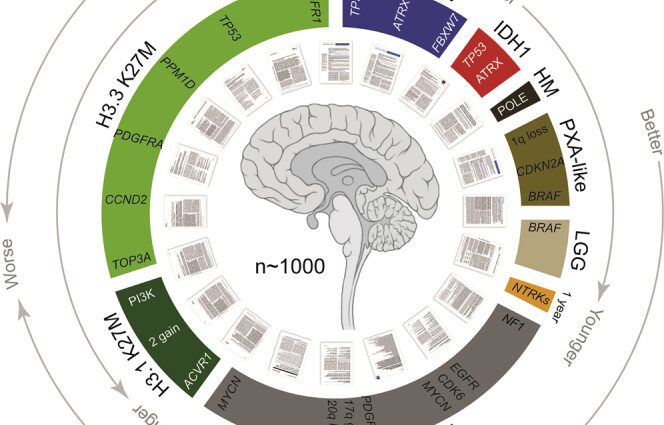Contents
Meta-analysis: what is it?
Meta-analysis is a compilation and synthesis of various studies already existing on a given subject. It helps to solidify and clarify the conclusions drawn from the various studies.
What is meta-analysis?
Meta-analysis is a method of synthesizing the results of studies in medical research. It requires an enormous work of compilation and synthesis on the data coming from different studies on a given subject. It responds to a precise method, both for the search, selection, presentation and analysis of the studies available for a given question. It is a complex and considerable task because medical information today is very easily accessible and very numerous. The meta-analysis is based on a precise, reliable and reproducible protocol, so the results remain the same regardless of the author of the analysis.
The purpose of meta-analysis is to bring together a large amount of information on a given topic. This increases the probability of finding a statistically significant result, i.e. a reliable result, which correctly proves a given. This is referred to as an increase in statistical power.
As soon as there are several studies that have undertaken to answer the same question as primary or secondary objective, meta-analysis becomes possible. It is an essential method for synthesizing these studies. It makes it possible to provide a precise and comprehensive response in accordance with all of the current knowledge. The field of application is only limited to that of already existing studies. The first area of application is the evaluation of the efficacy and side effects of drug treatments. Meta-analysis can also be very useful in other areas such as epidemiology, therapeutic management, care in general, screening or diagnosis.
Meta-analysis is a method widely used in all fields of biomedical research for the comprehensive interpretation of multiple and diverse, sometimes contradictory studies. It is also used by learned societies in a medical discipline to establish recommendations for the care and treatment of patients based on a high level of evidence. The first meta-analyzes date back to the 70s and their number has been increasing since then because their interest is undeniable.
Why do a meta-analysis?
In the case of studies on a drug, the meta-analysis can help to measure the effectiveness and the tolerance of this one. Indeed, the compilation of different clinical studies each comprising a small number of patients makes it possible to increase this number so that the observations are statistically significant. The meta-analysis can then highlight the effect of a treatment when small trials do not necessarily lead to a conclusion. A large-scale clinical trial is very difficult to perform in practice. Meta-analysis makes it possible to overcome this difficulty.
It can also help decide, one way or the other, when the results are contradictory. Its summary side also makes it possible to gather data in order to obtain a precise answer to a given question. This is particularly useful in areas of research where data accumulates.
How does a meta-analysis work?
In medicine, to perform a meta-analysis, the researcher defines the subject of interest. It may be a treatment to be tested, a type of patient assessed, epidemiological data, concepts of care, etc.
The second step is to define the inclusion criteria in the desired meta-analysis. The researcher will then look for the various trials and studies, published or not, available in the medical literature. These materials can be articles, posters, papers from medical conferences, student theses, clinical trials, etc. They are selected if they meet the criteria for inclusion in the meta-analysis. The idea is to bring together as many studies as possible in the meta-analysis in order to give it as much value and power as possible.
Statistical analysis techniques are then applied. Analyzes by subgroup (sex, age, medical history, type of disease, etc.) can be performed. In general, several researchers cross their readings in order to give more weight to the analysis.
The results ?
The meta-analysis makes it possible to produce new data having more weight statistically because more numerous or grouping together more patients. In line with the scientific approach, the researchers will interpret the results of the meta-analysis and place them in their context. The aim is to draw conclusions on the data collected. This intervention by the researcher will lead to subjectivity. Indeed, its experience and its culture will come into play. From perfectly objective data, it is therefore possible for different researchers to obtain different conclusions.










